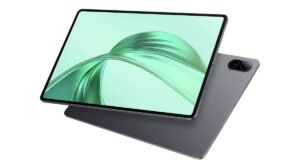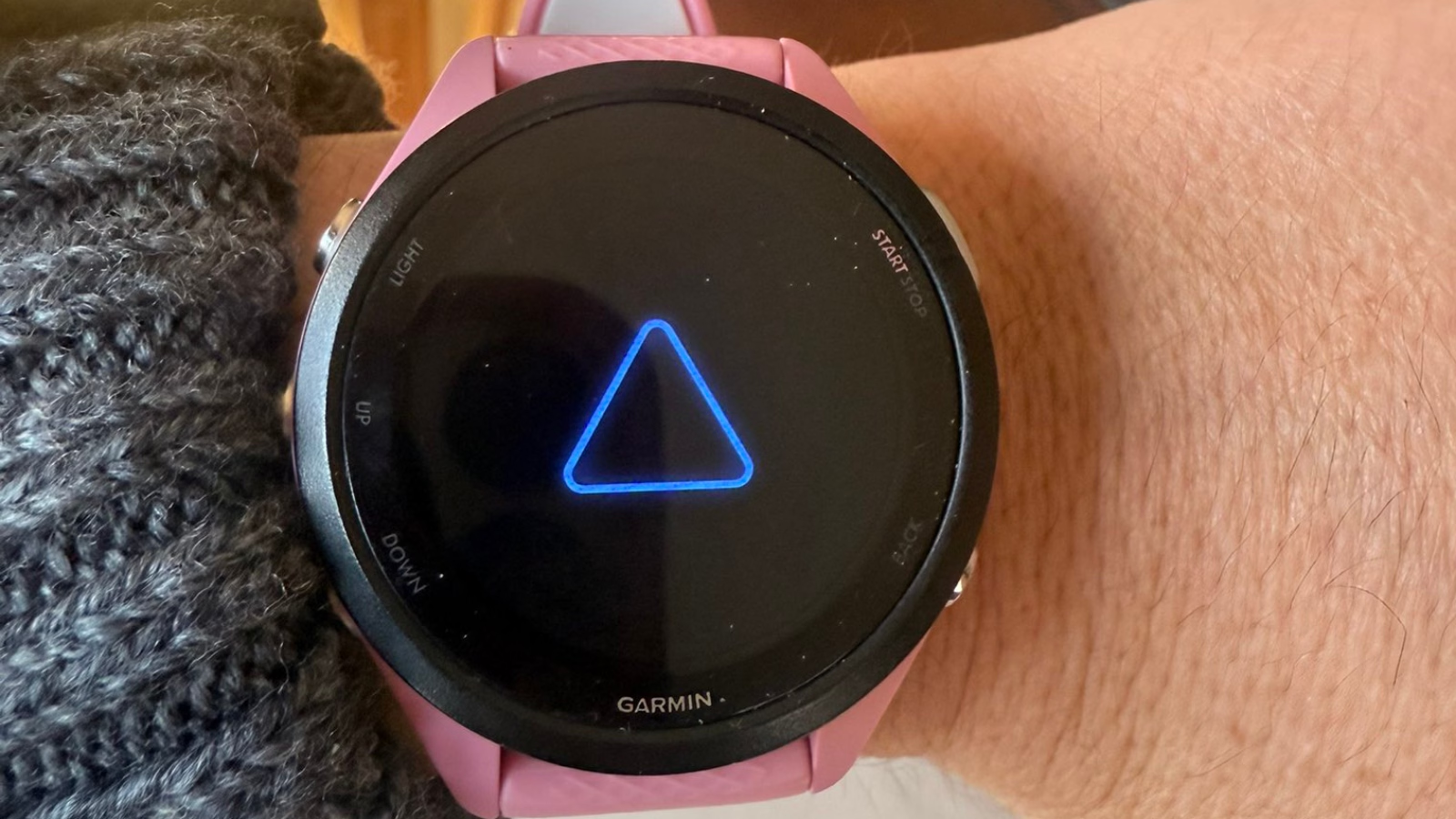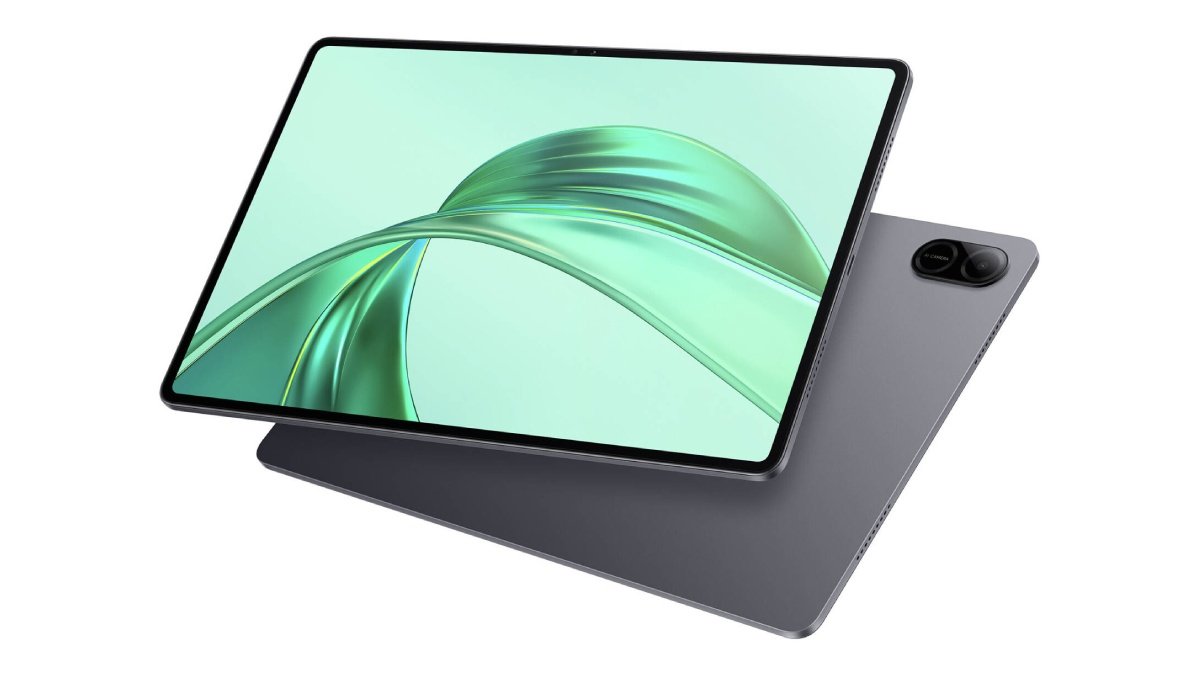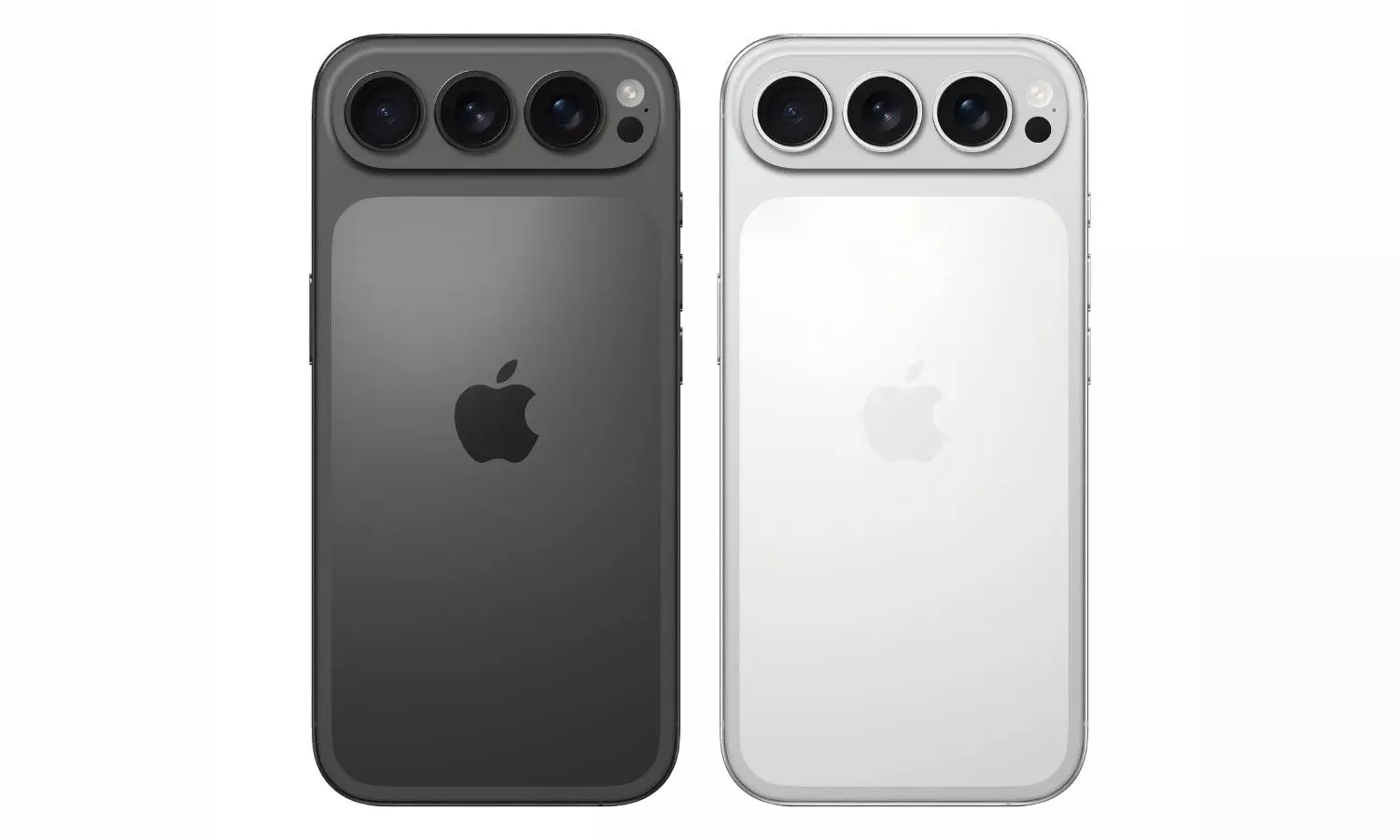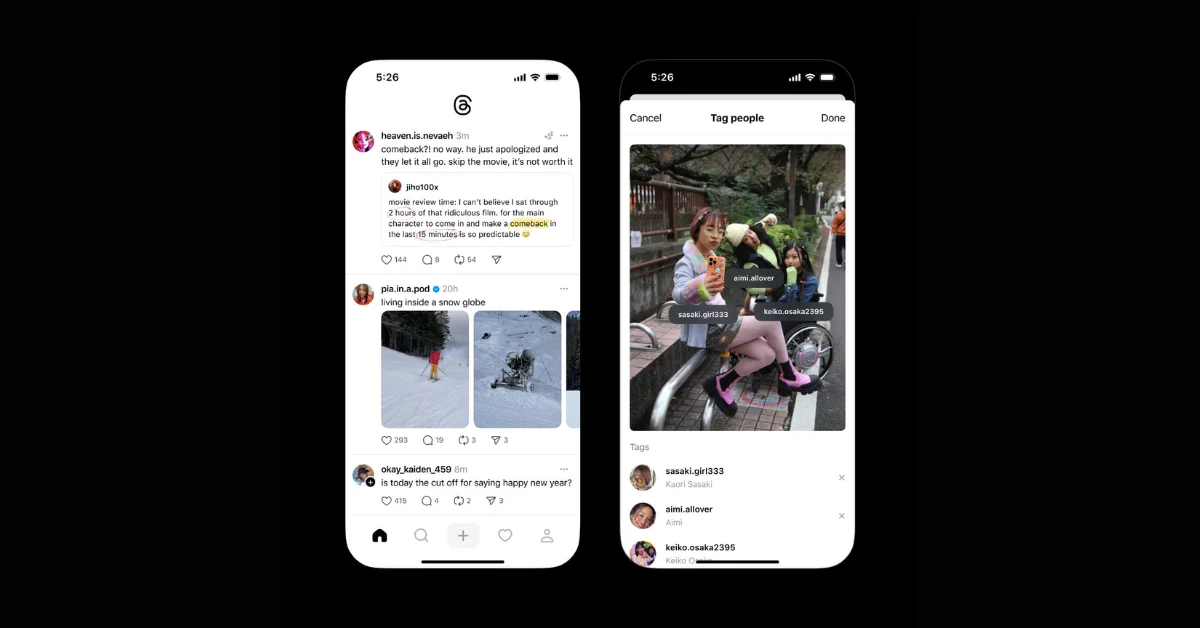The story of Samsung Galaxy S23 Ultra starts when the Samsung Galaxy S22 Ultra was introduced last year as it proved to be a reliable recipe of success for Samsung. This smartphone also signaled the end of Samsung’s Galaxy Note series because it integrated the S Pen stylus experience, the final component, successfully.
This is also true of the recently released Samsung Galaxy S23 Ultra. While sharing a striking resemblance with its predecessor in terms of appearance, it offers a host of new and improved features. Additionally, it differs enough from the standard Galaxy S23 and the Galaxy S23+ models thanks to enough special features. Let’s look more closely at what makes this smartphone the most intriguing in Samsung’s S series lineup this year.
Design & Display
 It becomes very difficult to distinguish the Galaxy S23 Ultra from the older model with just a cursory glance at it. There are slight variations when compared closely. Instead of being curved around the metal frame, the sides of the Samsung Galaxy S23 Ultra are now flat. The front glass and matte-finished rear panel are both made of Corning’s Gorilla Glass Victus 2, but they still have curved edges.
It becomes very difficult to distinguish the Galaxy S23 Ultra from the older model with just a cursory glance at it. There are slight variations when compared closely. Instead of being curved around the metal frame, the sides of the Samsung Galaxy S23 Ultra are now flat. The front glass and matte-finished rear panel are both made of Corning’s Gorilla Glass Victus 2, but they still have curved edges.
Samsung claims that the phone is easier to hold and should have a larger, usable flat area (when held vertically) thanks to the flatter sides and less curved edges. Although the camera design has been slightly updated, the rear panel still feels and looks similar to the previous iteration. The same floating camera layout is provided, but each lens now has chrome rings around it. The phone offers an IP68 rating for dust and water resistance, just like the Galaxy S23 and Galaxy S23+ models, and comes in Phantom Black, Cream, Green, and Lavender color options.
Samsung is taking the sustainability theme quite seriously, and more recycled materials were used in the design of the Galaxy S23 Ultra this year, including recycled glass for the front screen and back cover, recycled aluminum for the SIM tray, side keys, and volume controls, and recycled plastic for the upper and lower speaker modules and the inner cover of the S Pen.
 The 6.8-inch QHD+ Super AMOLED panel on the Galaxy S23 Ultra features a dynamic refresh rate of 120Hz and a touch sampling rate of up to 240Hz. The new model’s display does not aggressively curve over the left and right sides as the one on the old one did. The little bend on the edge primarily supports One UI edge functionality and provides a more fluid swiping experience. Samsung is clearly playing safe on both sides thereby catering to customers who explicitly enjoy curved displays and the ones who are quite vocally against them.
The 6.8-inch QHD+ Super AMOLED panel on the Galaxy S23 Ultra features a dynamic refresh rate of 120Hz and a touch sampling rate of up to 240Hz. The new model’s display does not aggressively curve over the left and right sides as the one on the old one did. The little bend on the edge primarily supports One UI edge functionality and provides a more fluid swiping experience. Samsung is clearly playing safe on both sides thereby catering to customers who explicitly enjoy curved displays and the ones who are quite vocally against them.
There are no complaints about the quality of the panel, Samsung is using its top-of-line display here. Everything from the punchy colors to the deeper blacks and extremely high brightness levels work in tandem to make the Super AMOLED panel on the Galaxy S23 Ultra stands out from the crowd.
Performance & Cameras
 For the Galaxy S23 series, Samsung chose to use its own customized version of the Qualcomm Snapdragon 8 Gen 2 SoC, which the company refers to as the “Qualcomm Snapdragon 8 Gen 2 platform for Galaxy.”. Samsung claims that the customizations improve performance, which should benefit software performance and AI-based imaging. Samsung is not cutting corners on overall experience either and the custom Snapdragon chip is paired with up to 12GB of RAM and up to 1TB of internal storage.
For the Galaxy S23 series, Samsung chose to use its own customized version of the Qualcomm Snapdragon 8 Gen 2 SoC, which the company refers to as the “Qualcomm Snapdragon 8 Gen 2 platform for Galaxy.”. Samsung claims that the customizations improve performance, which should benefit software performance and AI-based imaging. Samsung is not cutting corners on overall experience either and the custom Snapdragon chip is paired with up to 12GB of RAM and up to 1TB of internal storage.
 The biggest change on the Samsung Galaxy S23 Ultra now is the addition of a 200-megapixel primary sensor called the ISOCELL HP2. The USP of this sensor is its ability to put out brighter pictures in low light since it merges 16 pixels into one larger pixel. According to Samsung, this adaptive pixel sensor arrangement and the benefits of its specialized SoC can help produce brighter images in challenging environments. The sensor is also said to have better optical stabilization (OIS), which promises to elevate the overall performance of the primary camera. The larger sensor also adds the ability to shoot up to 8K videos at 30fps at a much wider angle, something which was missing on the S22 Ultra.
The biggest change on the Samsung Galaxy S23 Ultra now is the addition of a 200-megapixel primary sensor called the ISOCELL HP2. The USP of this sensor is its ability to put out brighter pictures in low light since it merges 16 pixels into one larger pixel. According to Samsung, this adaptive pixel sensor arrangement and the benefits of its specialized SoC can help produce brighter images in challenging environments. The sensor is also said to have better optical stabilization (OIS), which promises to elevate the overall performance of the primary camera. The larger sensor also adds the ability to shoot up to 8K videos at 30fps at a much wider angle, something which was missing on the S22 Ultra.
 The remaining three sensors on the back of the phone have also gotten a subtle upgrade. These include a 12-megapixel ultra-wide-angle, 10-megapixel telephoto (with 3X optical zoom), and a second 10-megapixel telephoto (with 10X optical zoom). Galaxy S23 Ultra’s marketing has revolved around the Astrophpography capability of the device and improved noise reduction technology is a testament to it which now helps reduce noise in videos shot in low light and also adds a new “Astro Hyperlapse” mode to record star trails. Another change on the optics front has been done in the front-facing camera, and the Galaxy S23 Ultra now gets a new 12-megapixel selfie camera that can now record HDR10+ video and RAW images.
The remaining three sensors on the back of the phone have also gotten a subtle upgrade. These include a 12-megapixel ultra-wide-angle, 10-megapixel telephoto (with 3X optical zoom), and a second 10-megapixel telephoto (with 10X optical zoom). Galaxy S23 Ultra’s marketing has revolved around the Astrophpography capability of the device and improved noise reduction technology is a testament to it which now helps reduce noise in videos shot in low light and also adds a new “Astro Hyperlapse” mode to record star trails. Another change on the optics front has been done in the front-facing camera, and the Galaxy S23 Ultra now gets a new 12-megapixel selfie camera that can now record HDR10+ video and RAW images.
 This year’s “Ultra” from Samsung sticks to a 5,000mAh battery and 45W wired charging, playing it safe in terms of battery capacity and charging rates. As for the operating system, Samsung’s One UI 5.1 skin, which is based on Android 13, has all the customizations that are already present on the outgoing models. What’s changed is the level of fluidity that the new SoC brings to the table. We are still in the midst of exploring the software and would be able to report back in greater detail in our full review.
This year’s “Ultra” from Samsung sticks to a 5,000mAh battery and 45W wired charging, playing it safe in terms of battery capacity and charging rates. As for the operating system, Samsung’s One UI 5.1 skin, which is based on Android 13, has all the customizations that are already present on the outgoing models. What’s changed is the level of fluidity that the new SoC brings to the table. We are still in the midst of exploring the software and would be able to report back in greater detail in our full review.
Bottom Line
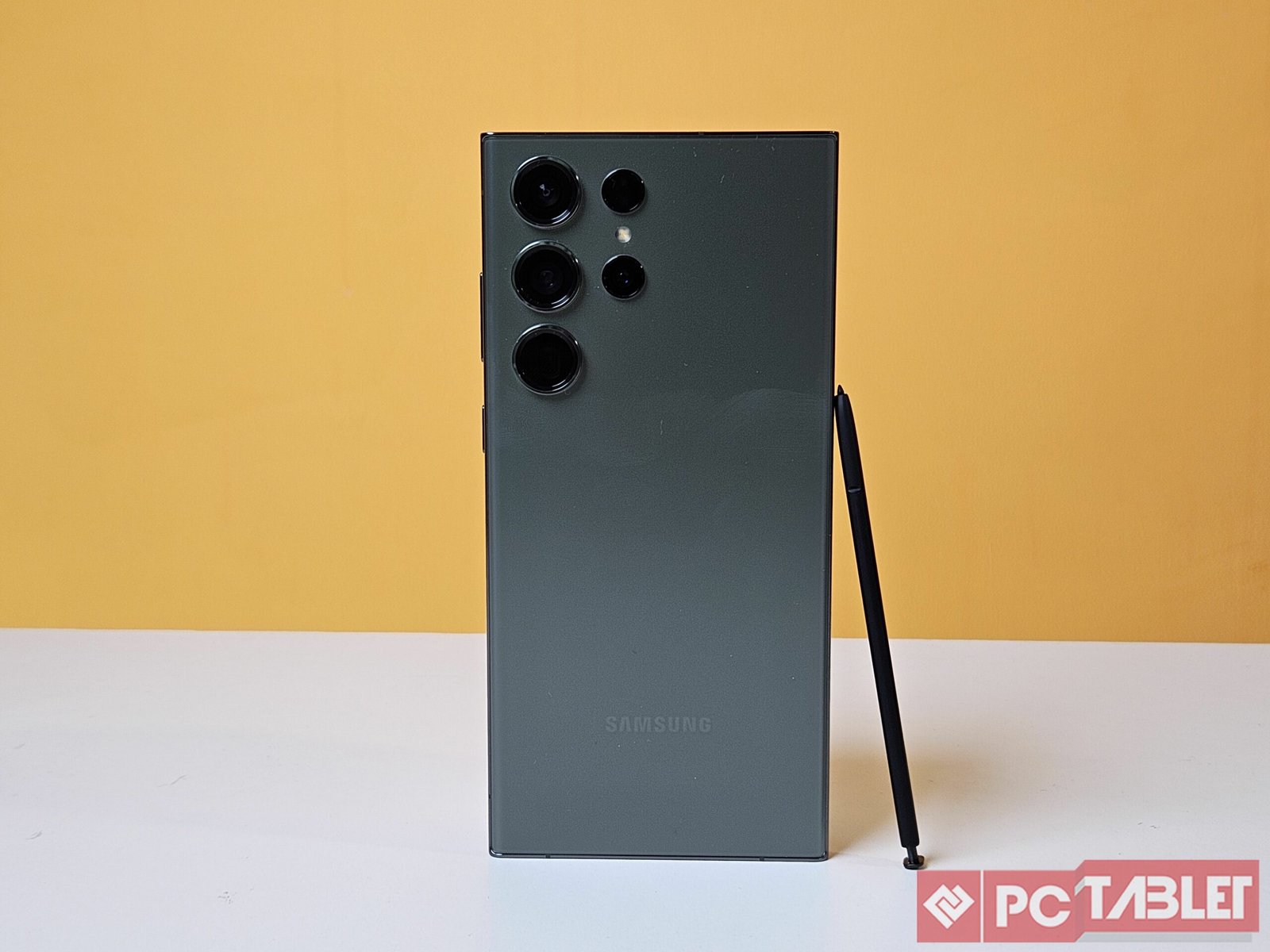 More than ever this year, Samsung seems to have packed the Galaxy S23 Ultra with enough hardware to distinguish it from the Galaxy S23/S23+ and even the Galaxy S22 Ultra from the prior year. Samsung has taken a commanding lead over the premium flagship segment due to its early launch. We’ll have to wait and see if its custom Snapdragon 8 Gen 2 SoC results in improved gaming performance compared to other 8 Gen 2 handsets or if its new camera system can genuinely deliver better low-light performance than the previous generation.
More than ever this year, Samsung seems to have packed the Galaxy S23 Ultra with enough hardware to distinguish it from the Galaxy S23/S23+ and even the Galaxy S22 Ultra from the prior year. Samsung has taken a commanding lead over the premium flagship segment due to its early launch. We’ll have to wait and see if its custom Snapdragon 8 Gen 2 SoC results in improved gaming performance compared to other 8 Gen 2 handsets or if its new camera system can genuinely deliver better low-light performance than the previous generation.




